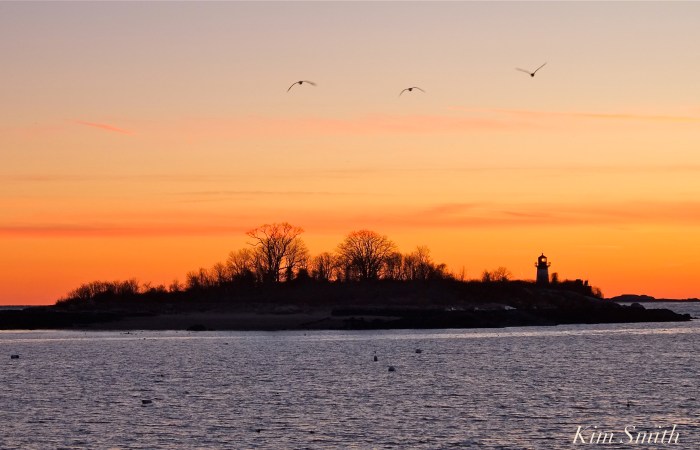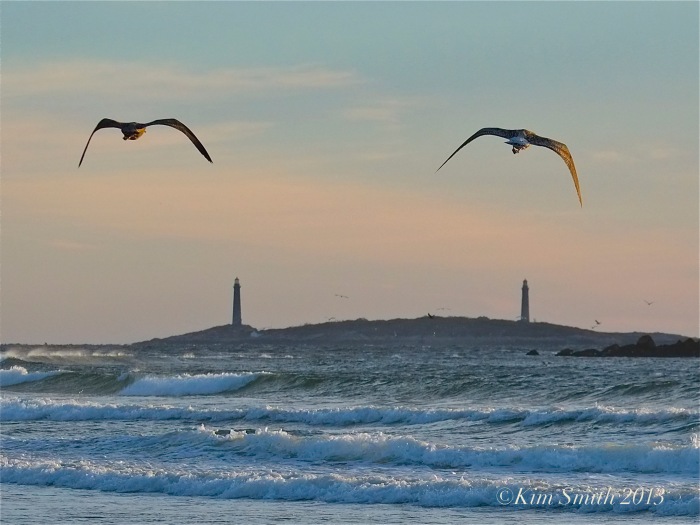Fishing boats and gulls heading out by Ten Pound Island Lighthouse
Tag: gulls
SNOWY EGRET DISGUISE
Around Town #23
Gulls IN flight
A few gull photos on my morning walk.
ARE THESE VIALS DRUG PARAPHERNALIA, AND IF NOT, WHAT?
 The other morning at the beach I was about to step out of my car barefoot when I looked down at the curbside to see about twenty of these small, cigarette but-sized glass vials littered around the curb. I fortunately stopped before putting my foot down in the glass in what could have a been yucky cut. Litter comes in all shapes and sizes but I was also wondering what they are. Please write if you know. Thank you!
The other morning at the beach I was about to step out of my car barefoot when I looked down at the curbside to see about twenty of these small, cigarette but-sized glass vials littered around the curb. I fortunately stopped before putting my foot down in the glass in what could have a been yucky cut. Litter comes in all shapes and sizes but I was also wondering what they are. Please write if you know. Thank you!
Speaking of litter, that very same morning, while I was filming a group of crows pulling trash across the road and tearing up the MacDonald’s to-go boxes to get to the food remaining within, I looked up from the footbridge and saw a man in his car dumping a shopping bag full of food smack dab in the middle of Nautilus Road (the road that runs along Good Harbor). I stopped him and asked him why he did that. He shook his fist in my face and ironically, considering what I had just been filming, hollered that the crows and the gulls have to eat to.
So, to anyone who may be under the notion that crows and beach gulls do not get enough to eat of their own volition, I can assure you that they do, and that they are probably two of the best fed species on Planet Earth.
Storm Photos
Gulls riding it out …Cove in Rockport…One back shore
Gull waiting for summer on Rocky Neck
Cape Ann Seagulls
 Although ubiquitous where ever we turn, I was curious about the several different species that are often observed fishing and feeding together at dawn. The flocks of seagulls that we see on Cape Ann at this time of year are typically comprised of two species and they are the Great Black-backed Gull and the Herring Gull. In the above photo taken at daybreak (click to view larger), you can see both species; the gulls with speckled feather patterns are first year fledglings of both the Great Black-backed and Herring Gulls.
Although ubiquitous where ever we turn, I was curious about the several different species that are often observed fishing and feeding together at dawn. The flocks of seagulls that we see on Cape Ann at this time of year are typically comprised of two species and they are the Great Black-backed Gull and the Herring Gull. In the above photo taken at daybreak (click to view larger), you can see both species; the gulls with speckled feather patterns are first year fledglings of both the Great Black-backed and Herring Gulls.
Interestingly, early in the twentieth century, both species of gulls were mostly winter visitors, neither staying to breed when the weather warmed. The first pair of breeding Herring Gulls was discovered on Martha’s Vineyard in 1912. The first pair of breeding Great Black-backed Gulls was found in Salem in 1932.
The Great Black-backed Gull (Larus marinus) is the larger of the two, up to 30,” with a black back and wings, yellow bill distinguished by a red dot on the bottom near the tip, and pinkish legs.
The Herring Gull (Larus argentus), at 25 inches, has gray wings tipped with black, gray back, white head, pinkish legs, and yellow bill also with a red dot on the bottom near the tip.
The Ring-billed Gull (Larus delawarensis) is also a regular visitor but according to Mass Audubon, it has never successfully bred in Massachusetts. The Ring-billed at first glance looks similar to the Herring Gull but is the smallest of the three at 17″ and is also easy to distinguish as it has yellow legs and a dark gray band near the tip of its bill.
No Parking
Gulls in disagreement
Gulls at Good Harbor
Pigeons and Gulls From Charlie Carroll
Pigeons and Gulls… and a smattering of other stuff…
Am still going after Birds in flight… Pigeons are still a tough subject in the Air…
http://seasquared.viewbook.com/
We’re into March next week and I can start to look for some color.
C.
How Many Gulls Do You Sea? From Janet Rice
Duck,Dodge,Hide!

This looks like a scene right out of the Alfred Hitchcock movie. I can’t help it, but I was scared just sitting in my car watching this yesterday. Doesn’t take much though!






































